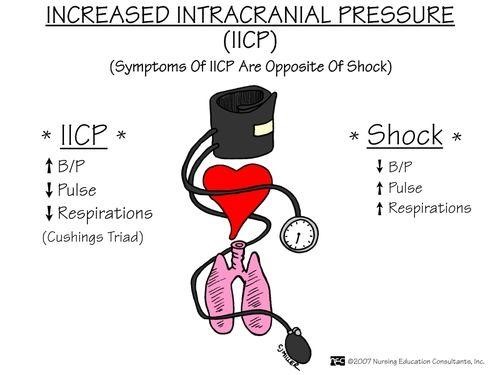A nurse is caring for a child who is having a seizure. Which of the following actions should the nurse take? (Select all that apply.)
Place a tongue depressor in the client's mouth.
Restrain the client.
Assess the client's airway palenty
Remove objects from the client's bed
Place the client in a side-lying position
Correct Answer : C,D,E
A) Place a tongue depressor in the client's mouth:
Incorrect. Placing a tongue depressor in the client's mouth is not recommended during a seizure. Doing so can lead to injury, as the child may bite down on the depressor and cause harm to their teeth or mouth.
B) Restrain the client:
Incorrect. Restraining a person during a seizure can be extremely dangerous. It can lead to physical harm to both the person experiencing the seizure and the person trying to restrain them. Restraining can increase the risk of fractures, dislocations, and other injuries.
C) Assess the client's airway patency:
Correct. Assessing the client's airway patency is essential during a seizure. The nurse should ensure that the child's airway is clear and open to maintain proper breathing. This involves observing for any obstruction or difficulty in breathing and taking appropriate measures to keep the airway open.
D) Remove objects from the client's bed:
Correct. Removing objects from the client's bed is a necessary action to prevent injury during a seizure. Objects on the bed can pose a risk of harm to the child if they were to strike them during the seizure. Creating a safe environment by removing potential hazards is important.
E) Place the client in a side-lying position:
Correct. Placing the client in a side-lying position is recommended during a seizure. This position helps prevent aspiration and maintains a clear airway. It also reduces the risk of choking and allows any fluids to drain from the mouth, minimizing the risk of choking.
In summary:
Choice A is incorrect because placing a tongue depressor can cause injury.
Choice B is incorrect because restraining can lead to harm.
Choice C is correct because assessing the airway ensures proper breathing.
Choice D is correct because removing objects reduces the risk of injury.
Choice E is correct because placing the client in a side-lying position helps maintain a clear airway and prevents aspiration.
Nursing Test Bank
Naxlex Comprehensive Predictor Exams
Related Questions
Correct Answer is C
Explanation

Correct Answer is B
Explanation
A. Can always track an object with eyes:
The ability to track an object with the eyes typically develops in infants around 2 to 3 months of age. This developmental milestone is not specific to cerebral palsy and is generally expected in healthy infants.
B. Needs support with pillow props for sitting
Explanation:
Cerebral palsy (CP) is a group of permanent movement disorders that appear in early childhood. It is caused by abnormal development or damage to the parts of the brain that control movement, balance, and posture. The symptoms of cerebral palsy can vary widely, but they are generally related to motor function and coordination.
The manifestation of needing support with pillow props for sitting is consistent with the motor impairments often seen in cerebral palsy. Children with cerebral palsy may have difficulties with muscle control and coordination, which can affect their ability to sit independently. The need for external support to maintain a sitting position is indicative of motor developmental delays or challenges associated with cerebral palsy.
C. Uses a pincer grasp to pick up a toy:
The pincer grasp, where a child uses the thumb and index finger to pick up small objects, usually develops around 9 to 12 months of age. This developmental milestone is not directly associated with cerebral palsy and is part of normal infant development.
D. Smiles when a parent appears:
Smiling in response to familiar faces, including parents, is a social and emotional developmental milestone that typically occurs around 2 to 3 months of age. While cerebral palsy can affect motor function, it does not directly impact an infant's ability to express emotions like smiling.
Whether you are a student looking to ace your exams or a practicing nurse seeking to enhance your expertise , our nursing education contents will empower you with the confidence and competence to make a difference in the lives of patients and become a respected leader in the healthcare field.
Visit Naxlex, invest in your future and unlock endless possibilities with our unparalleled nursing education contents today
Report Wrong Answer on the Current Question
Do you disagree with the answer? If yes, what is your expected answer? Explain.
Kindly be descriptive with the issue you are facing.
